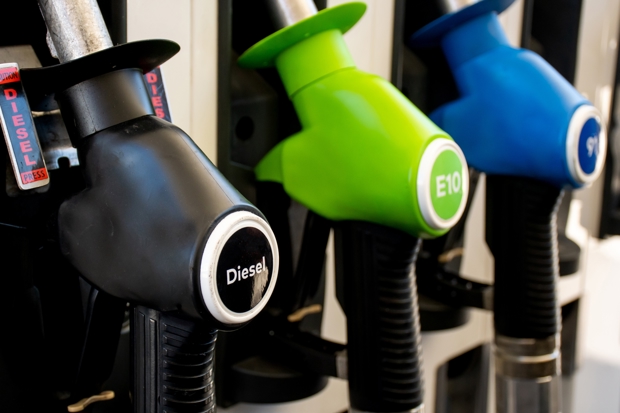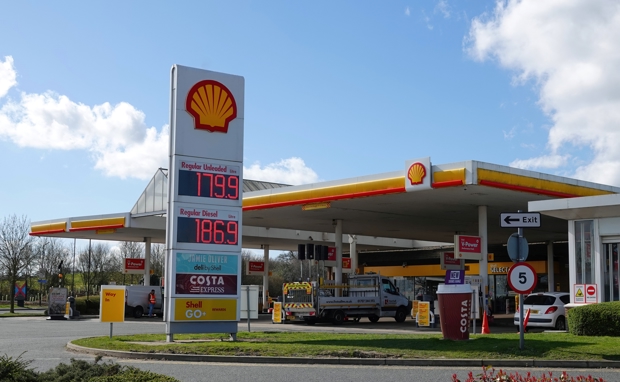Live UK fuel prices published for the first time

Filling stations have published real-time fuel prices online for the first time, as part of government plans to launch a statutory ‘fuel finder’ tool.
The voluntary scheme sees fuel retailers accounting for 60% of UK petrol and diesel sales publish official figures. The number of retailers taking part is expected to grow in the coming months.
The fuel price data has been published following an investigation by the UK competition watchdog, the Competition and Markets Authority (CMA).
This urged fuel retailers to release daily station-by-station fuel prices. These findings were accepted by the government, which agreed that the new voluntary scheme should serve as an interim measure before a nationwide fuel finder tool becomes available.
Research by The Times shows that even using the new voluntary scheme could save motorists in some areas up to £25 on a tank of fuel.
It found the price of petrol varies by as much as 50p nationwide, and diesel prices vary by 45p.
In one area of East London, two filling stations just a mile apart have a 12p a litre difference in the price of unleaded.
Meanwhile, instead of using the Norton Canes service station on the M6, the tool shows that driving to a Sainsbury’s forecourt three miles from the nearest junction could save £25.25 on a 60-litre tank of fuel.

A spokesman for the Department for Energy told The Times that the voluntary new scheme is an "important first step to bring competition back to the forecourts."
"We welcome the move from 10 of the big fuel retailers to share their price data in real time so drivers can easily find the best deal through comparison sites – and we encourage all comparison sites to take this up. We continue to work with the industry to make this transparency a legal requirement," they said.
The RAC’s Rod Dennis said the new voluntary scheme was welcome but "the most important action to come from the CMA’s investigation is yet to be set in train – that’s an official pump price-monitoring function that can keep an eye on both wholesale and retail fuel prices, and compel retailers to charge drivers fair prices when they fill up."
"Without this, there’s still a risk of retailers ripping drivers off by not properly reflecting wholesale prices and taking an inflated margin instead," added Dennis.

